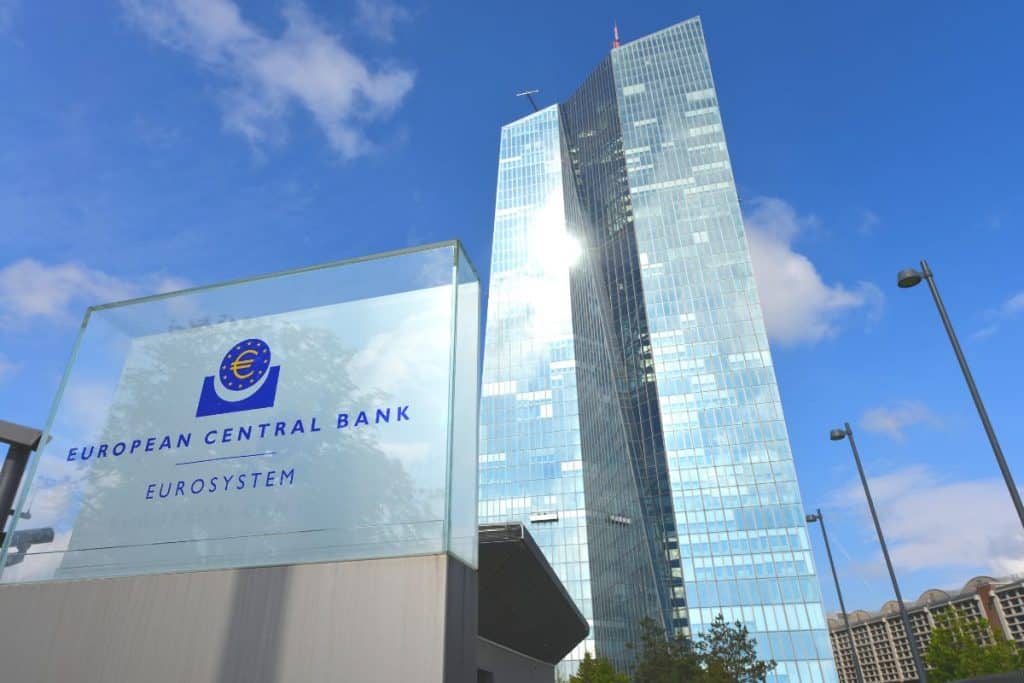The European Central Bank will permit employees to work remotely for around half of the year, or 110 days.
The regulations, which became effective on January 1, allow for up to 10 days per month away from the office. That is more stringent than the present policy, which requires employees to show up to work at least eight days a month.
“The new policy resulted from an extensive benchmarking exercise, a hybrid pilot project in 2022, staff surveys and several rounds of consultation with staff representatives,” a spokesperson said. “It will be reviewed in two years.”
With pandemic restrictions loosened, employers around the world are pushing employees to spend more time in the office, but flexible scheduling is still a favorite among employees. Some businesses have used benefits like a free lunch to entice workers to stay.
According to a new LinkedIn survey, remote work trend may be peaking in the U.K. as a loosened labor market gives employers more control.

The new policy from ECB comes at a time when employee advocates are complaining about an upcoming 4% pay hike, which they say would lead to a loss of purchasing power as inflation of 8% or more is predicted in the eurozone in 2022.
ECB’s recommendation to raise wages by 4.07 percent in January is consistent with its own rejection of agreements that link compensation to inflation, which it believes risk setting in motion a damaging wage-price spiral.
“People are losing faith in this institution,” said Carlos Bowles, vice-president of the Ipso union that represents ECB staff. “What the ECB leadership is telling us is ‘sorry we missed our own inflation target and now you, the staff, are going to pay the price’.
“We really see an issue in the way the ECB stance is damaging the bargaining power of workers,” said Bowles. “This is playing a role in increasing inequality.”

